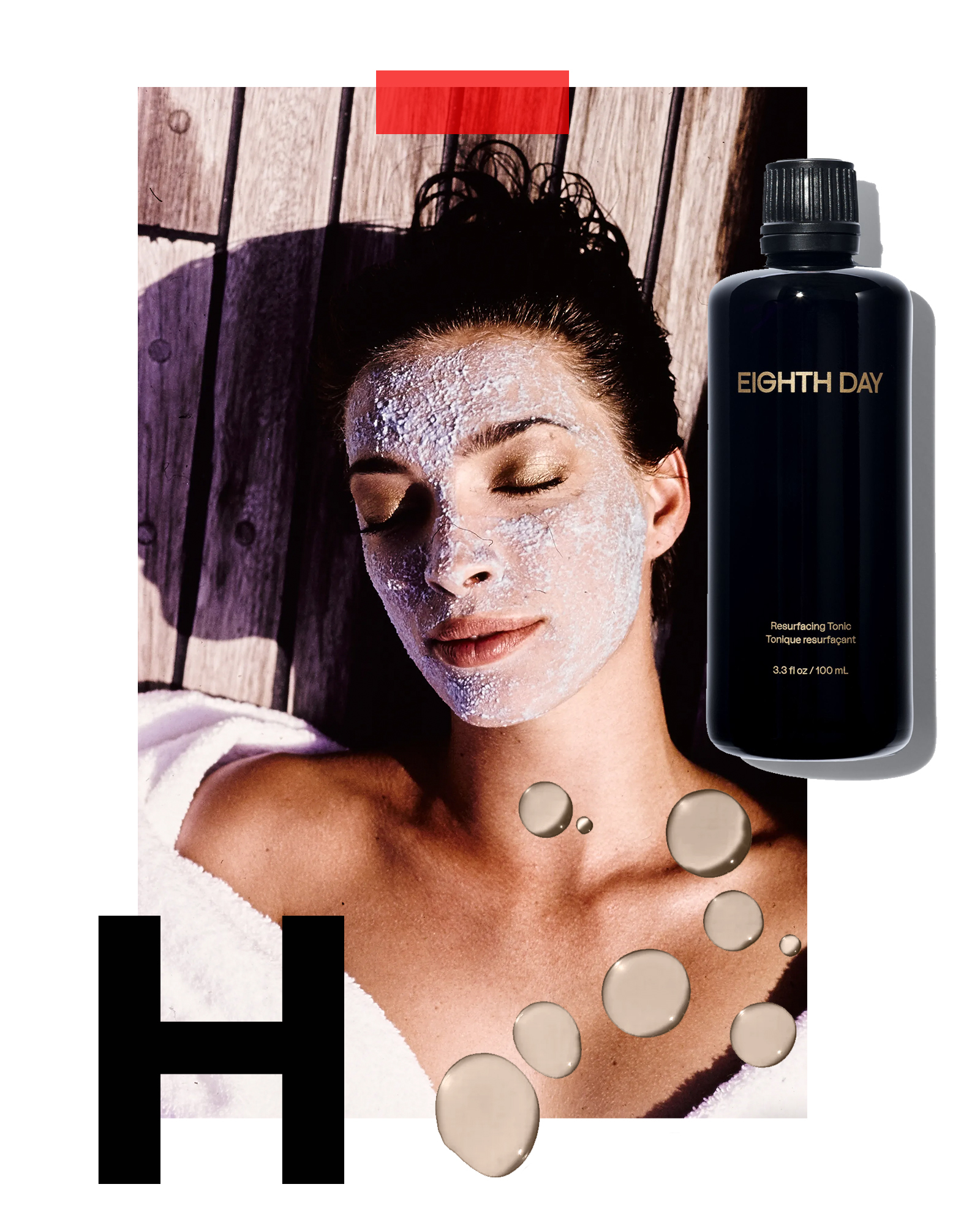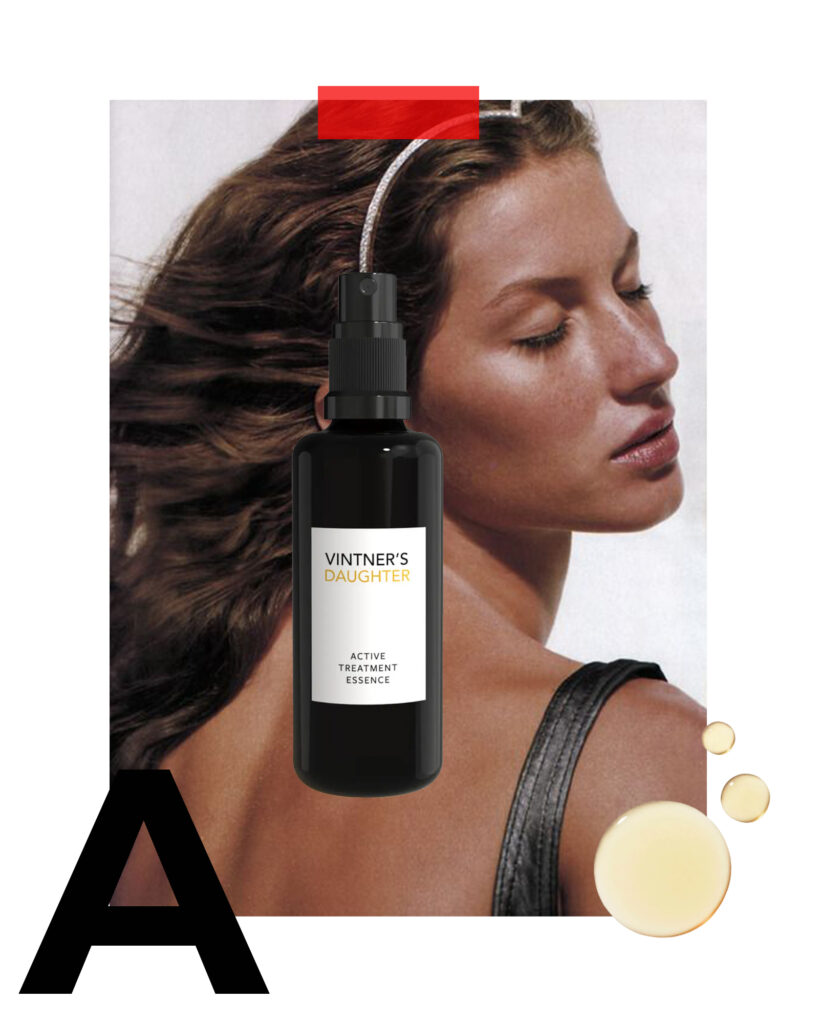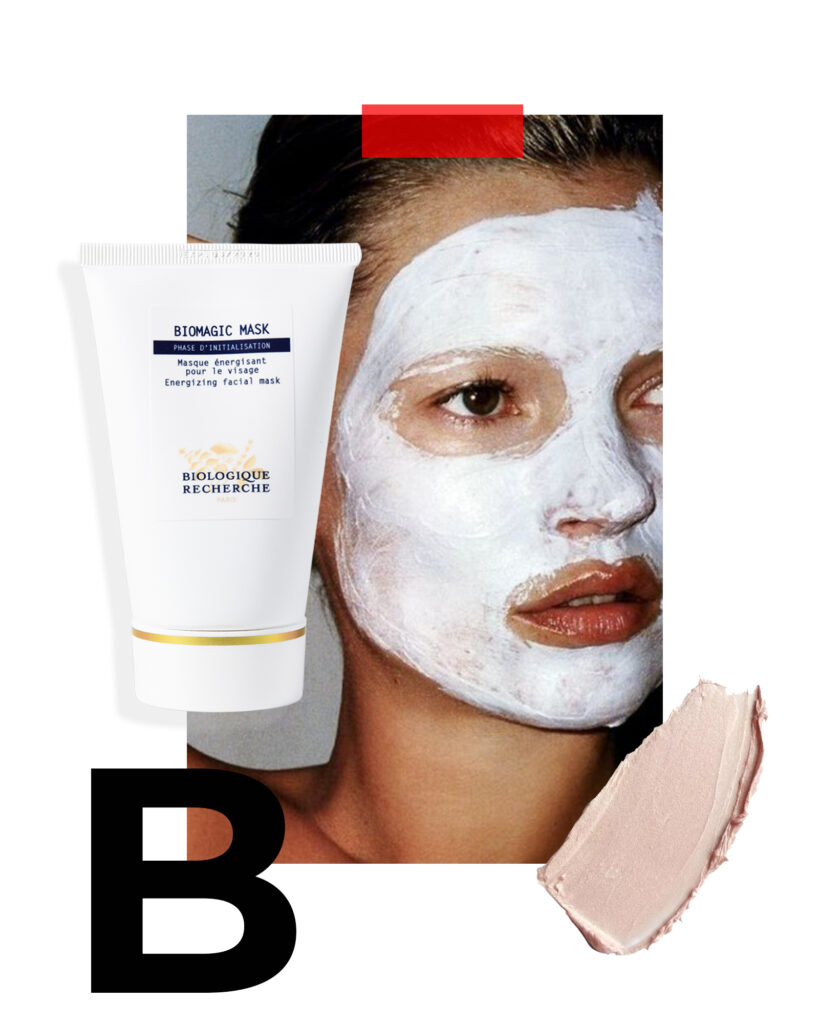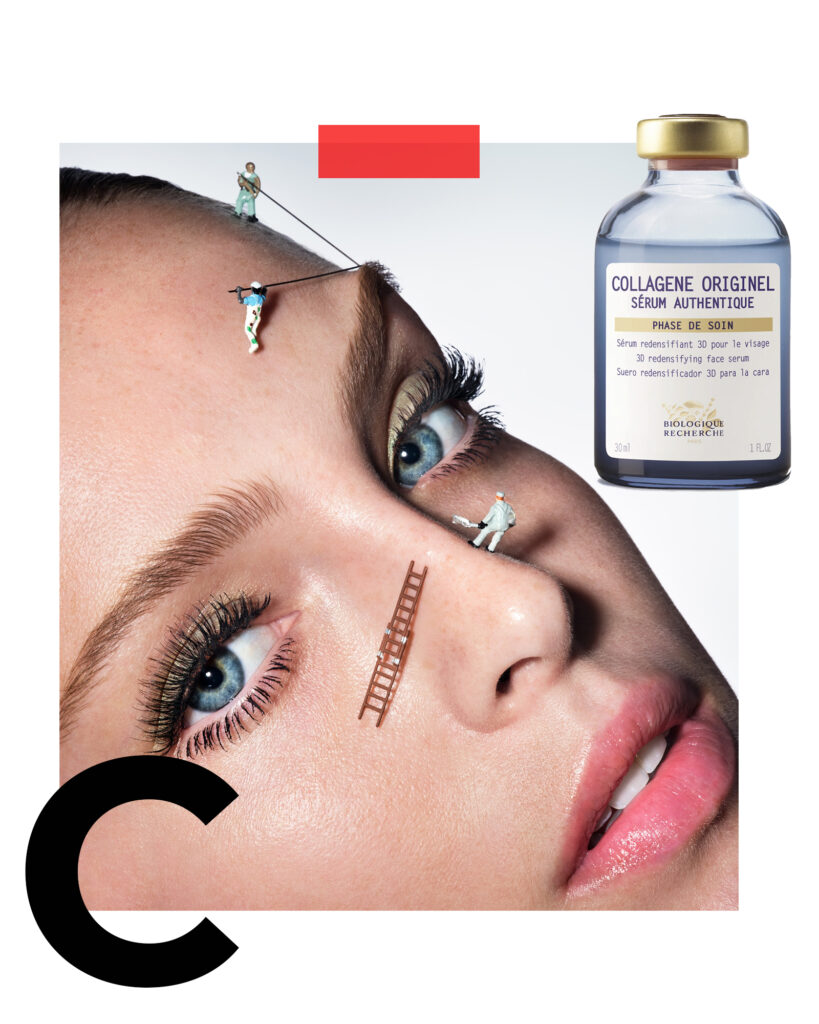Hamamelis Virginiana (Witch Hazel)
WHAT IT DOES:
Hamamelis Virginiana, more commonly known as witch hazel, has been used in the treatment of burns and bites and more recently, topical skincare. With antioxidant properties, witch hazel can help soothe inflamed skin, and can also be used to absorb oil.
HOW IT WORKS:
As an astringent, witch hazel is used in a skincare context to tighten pores and mop up oil. Due to high levels of tannins, when witch hazel is applied topically it can help refine and clarify the skin, as well as soften redness and inflammation.
MG SAYS:
Most commonly known as an astringent, witch hazel can be used to reduce the appearance of pores and absorb excess oil. It is also known for its ability to seal in moisture where needed, reduce the appearance of puffiness around the eyes and supply a rich source of polyphenols and antioxidants to the skin.
Honey
WHAT IT DOES:
Honey is one of nature’s greatest gifts. With skin soothing, softening and moisturising abilities, honey can fight signs of ageing and protect against free radicals, all the while helping to keep skin looking and feeling healthy. It’s ideal for treating dryness, acne and skin irritation.
HOW IT WORKS:
Honey is packed with amino acids, peptides and vitamins, and is well known for its anti-inflammatory properties. Plus, it’s naturally (and famously) antibacterial so is perfect for blemished skin which might be prone to trapping bacteria. A humectant, honey hydrates and retains moisture in the skin, and can be used on all types of skin from the super dry right through to oily and acne-prone.
MG SAYS:
Take inspiration from the famed Egyptian Queen, Cleopatra, and bathe in milk and honey to break down dry, dead skin (with the milk) and soften new skin (with the honey). Alternatively, apply Manuka honey as a mask to nourish and calm dry, stressed or inflamed skin.
Hyaluronic Acid
WHAT IT DOES:
Hyaluronic acid is the key to smooth, super-soft, pillowy skin. Environmental aggressors (such as UV exposure and pollution), plus free radicals and ageing can deplete hyaluronic acid levels, causing sensitivity, dullness, fine lines, uneven tone and texture. Hyaluronic acid, like collagen, diminishes as we age, so topical application is necessary.
HOW IT WORKS:
This wonderfully hydrating ingredient is a glycosaminoglycan, a molecule composed partly of sugars, and a humectant that occurs naturally within the human body as a structural component of skin. Hyaluronic acid’s ability to hold up to 1000 times its own weight in water means it can help significantly bolster hydration from within the skin, making it a very common and popular ingredient in moisturisers or serums for dry skin. Easily absorbed thanks to a gel consistency, hyaluronic acid injects a dose of immediate moisture into the skin, which can then pad out the skin’s texture and improve the overall appearance and quality.
MG SAYS:
For skin cells to make use of important nutrients, there has to be enough water available to them which is what makes hyaluronic acid such an ideal delivery system. However, as it breaks down every 24 to 48 hours, it’s important to re-apply on a regular basis to maintain optimum hydration levels and continue allowing cells to make the most of the nutrients available to them. Even better, as hyaluronic acid plumps to perfection it’s ideal for applying under makeup to create a smooth canvas.
Hydrolyzed Yeast Protein
WHAT IT DOES:
Hydrolyzed yeast protein is an important healing protein used to restore moisture deep into the skin’s barrier, without leaving any oily residue.
HOW IT WORKS:
Used in both skin and hair care, hydrolyzed yeast protein includes Beta Glucan, an antioxidant, to help moisturiser and heal the skin when applied. Usually used in the treatment of severe skin conditions like eczema and psoriasis, hydrolyzed yeast protein is best for deep level hydration.
MG SAYS:
Hydrolyzed yeast protein is incredibly beneficial in the treatment of inflammatory skin conditions such as eczema, psoriasis, acne and seborrheic skins.
Hydroquinone
WHAT IT DOES:
Hydroquinone is used as a bleaching agent and is only available with a prescription. It is very irritating to the skin and can only be used for up to three months intermittently. Suncare is essential while incorporating this as part of your regime as hydroquinone causes the skin to become more sensitive to UV.
HOW IT WORKS:
Used to treat pigmentation and other melanin-related skin conditions, hydroquinone contains phenol compounds which inhibit the growth of melanin and decrease future instances of growth occurring. The result is that pigment is lightened, and future pigment is less likely.
MG SAYS:
An incredibly harsh tyrosinase Inhibitor, hydroquinone is best used under strict guidance from a doctor or dermatologist.





